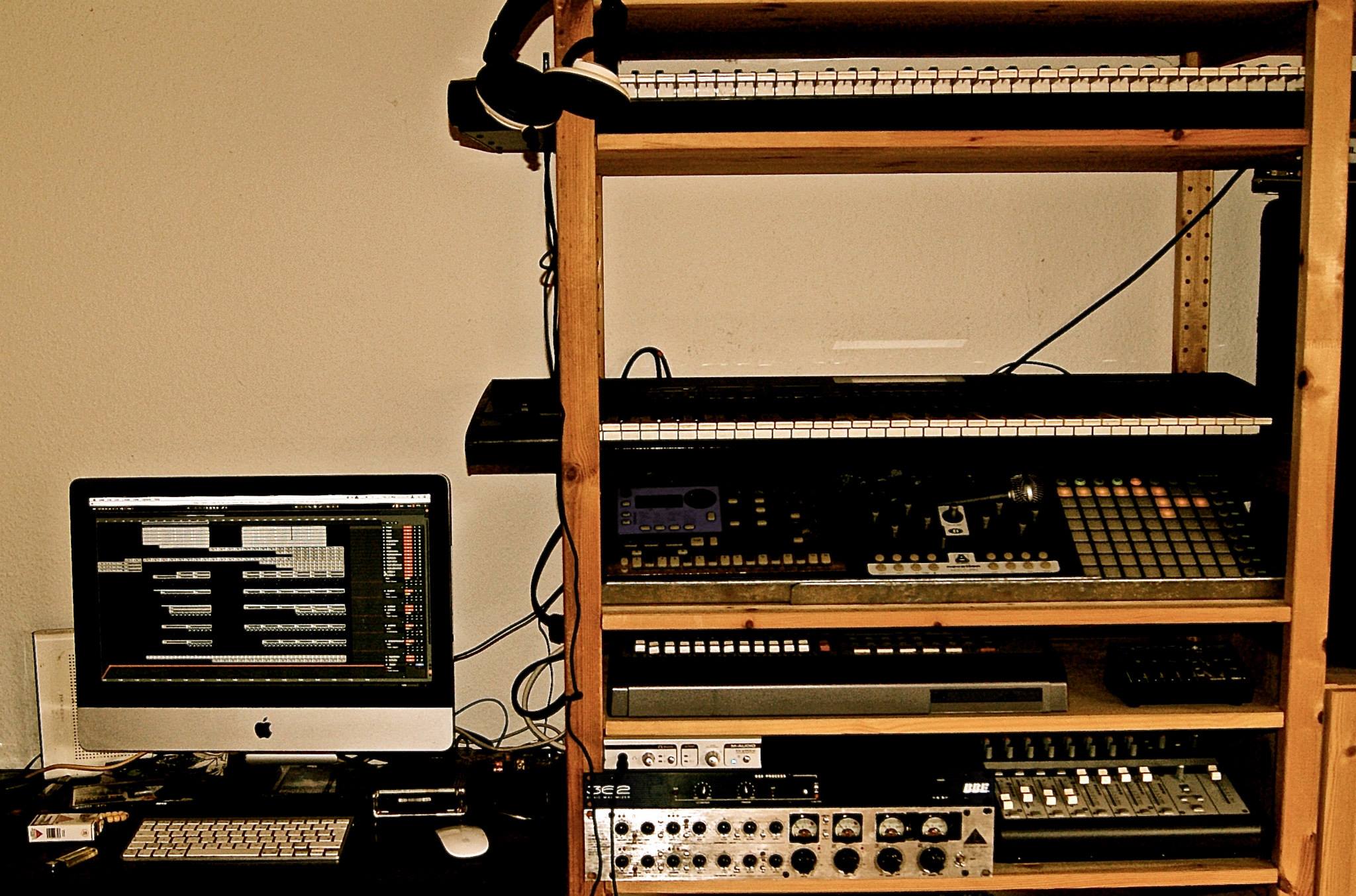Electronic music has revolutionised the modern musical landscape, captivating audiences with its distinctive sounds and innovative compositions. Often misunderstood as a simple act of pressing buttons on a computer, electronic music is a realm of intricate artistry, technical prowess, and boundless creativity. In this article, we delve deep into the complexities that underpin the creation of electronic music, shedding light on the multifaceted processes that extend far beyond mere button presses.
The Intersection of Creativity and Technology
At its core, electronic music is a fusion of creativity and technology. Artists who craft electronic compositions are akin to modern-day alchemists, expertly blending an array of digital tools and techniques to manifest their sonic visions. Just as a traditional composer meticulously arranges orchestral instruments, an electronic musician orchestrates virtual synths, samplers, sequencers, and effects to construct intricate sonic landscapes.
Sound Design as an Art Form
One of the most captivating aspects of electronic music lies in its sound design. Crafting unique and evocative timbres requires a deep understanding of synthesis, modulation, filtering, and spatial effects. Electronic musicians sculpt sounds from the ground up, tweaking oscillators, enveloping textures, and modulating parameters to achieve desired sonic outcomes. This process involves a high level of technical knowledge and a keen ear for nuances that go far beyond the act of simply “pressing buttons.”
Composition and Arrangement
Electronic music composition extends beyond just arranging loops or patterns. It involves the creation of evolving musical structures that captivate and engage the listener. Crafting compelling arrangements requires an acute understanding of harmony, melody, rhythm, and dynamics. Just as a symphony evolves through movements, an electronic track ebbs and flows through intricate progressions, transitions, and climaxes.
Live Performance and Improvisation
The misconception that electronic music is confined to a static, pre-programmed performance couldn’t be farther from the truth. Many electronic musicians are adept improvisers, sculpting live performances that respond to the energy of the audience and the flow of the moment. These performers skillfully manipulate controllers, synthesizers, and effects units, making real-time decisions that shape the trajectory of the music. The ability to read and react to a crowd, while maintaining a cohesive and engaging performance, demands a high level of musical intuition and dexterity.
Cross-Disciplinary Expertise
Electronic musicians are not just button-pushers; they are often polymaths, possessing knowledge across diverse fields such as music theory, acoustics, computer science, and audio engineering. To navigate this complex landscape, electronic artists must stay current with evolving technologies, software platforms, and production techniques. This ever-changing environment demands a commitment to lifelong learning and adaptability.
Conclusion
In a world saturated with misconceptions, it’s crucial to dispel the notion that electronic music is merely the result of pressing buttons on a computer. Electronic musicians are composers, sound designers, performers, and innovators who harness technology to create deeply expressive and intricate musical experiences. Their mastery lies in the fusion of artistic creativity and technical prowess, resulting in a genre that continues to redefine the boundaries of musical possibility. So, the next time you encounter electronic music, remember that beneath the surface of those buttons lies a world of complexity, artistry, and boundless imagination.




